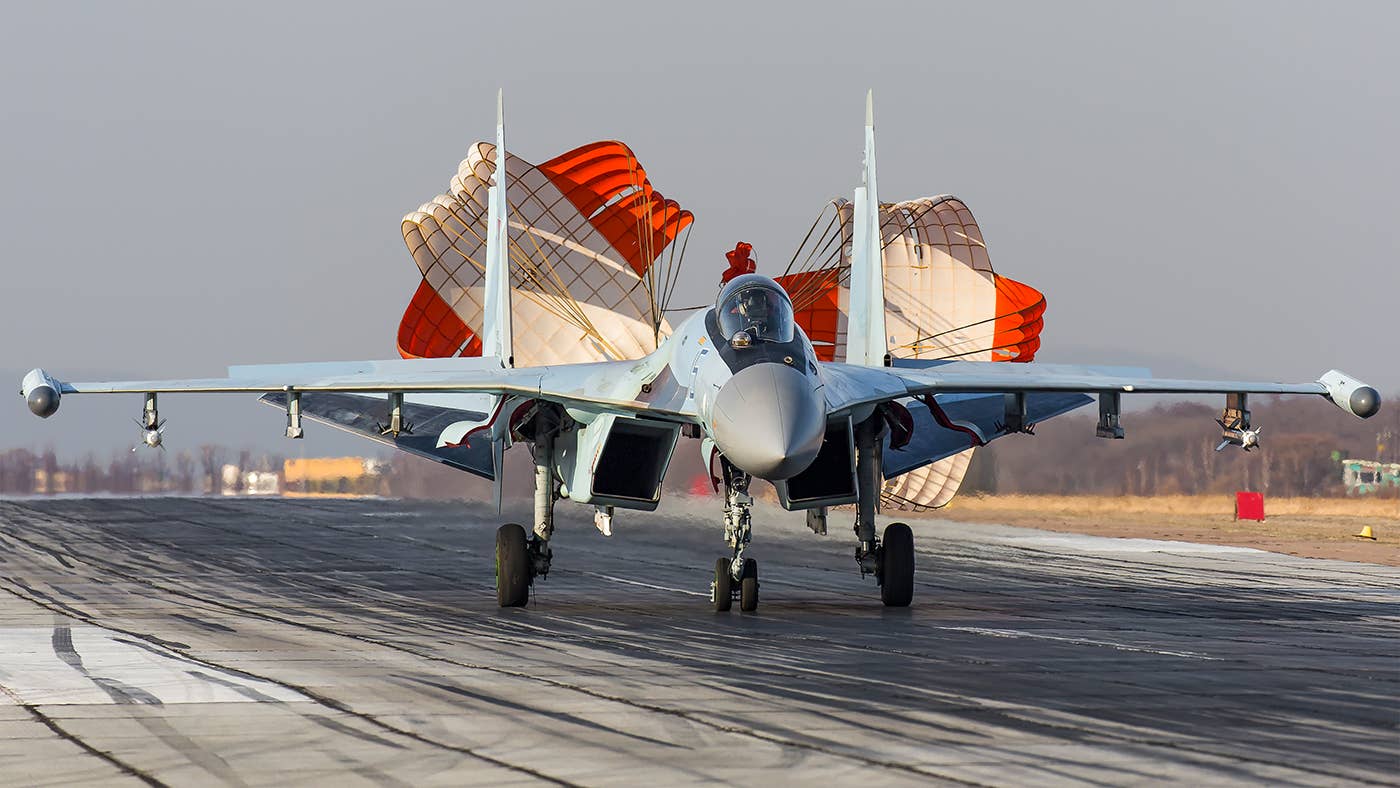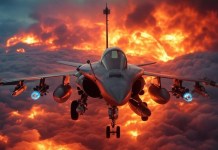Iran’s Deputy Defense Minister, Brigadier General Mahdi Farahi, announced that the arrangements to acquire a range of advanced Russian military aircraft, including Sukhoi Su-35 fighter jets, Mil Mi-28 attack helicopters, and Yak-130 jet trainers, have been finalized, reported Tasnim News.
The report said Farahi provided reassurance that the procurement of the three advanced aircraft is advancing smoothly, underscoring their imminent integration into Iran’s military arsenal.
He asserted that Iran is leading the region on the number of military helicopters and has notably strengthened its capabilities through several upgrade projects.
While the deputy minister did not disclose the exact number of aircraft slated for delivery, reports had previously indicated Tehran’s expectation of receiving 24 Su-35 Flanker-E fighter jets from Moscow.
Moreover, in September, Iran’s Tasnim News Agency reported the arrival of subsonic Yak-130 trainer jets bearing IRIAF (Islamic Republic of Iran Air Force) markings.
At least two Yak-130s were observed in Iran’s Isfahan province and are currently in service with the IRIAF. Despite their ability to serve as light combat aircraft, their capabilities are significantly less advanced than the Su-35.
The Iranian media emphasizes the main objective of these trainer aircraft is to train Iranian pilots in handling advanced fighter jets such as the Su-35 and Sukhoi Su-57.
This effort is geared towards equipping Iranian pilots with the skills required to operate 4+ and fifth-generation aircraft effectively.
The trainer aircraft also serves the purpose of training for close air support missions and can carry multiple tons of ammunition, including various weapons mounted on the wings and fuselage, along with a 23-mm gun pod.
Meanwhile, Iran is rumored to be in a position to receive as many as 24 Su-35s originally produced by Russia for Egypt—a deal that Egypt later canceled, reportedly due to pressure from the United States.
However, the ongoing conflict in Ukraine is suspected to have disrupted the previously established plans and schedules for delivering these advanced fighter jets to Iran.
Iran’s Air Power Capabilities
Established in 1979, the Islamic Republic of Iran Air Force (IRIAF) inherited a formidable fighter force assembled by the deposed Shah of Iran. Iran procured Western military equipment during that period, including F-5E Tiger II, F-4 Phantom II, and F-14 Tomcat fighters.
In the 1990s, the nation also integrated a modest number of Russian MiG-29 fighters and Su-24 attack jets. However, the imposition of sanctions by the USA later made it increasingly challenging for Tehran to procure modern military aircraft.
Iran has been compelled to depend on an aging fleet of aircraft comprising 63 F-4s, 35 F-5s, and 41 F-14s, which most air forces have primarily phased out.
These sanctions have exacerbated Iran’s difficulties in maintaining and operating these increasingly outdated aircraft.
In 2018, Iran announced the initiation of production for the domestically-designed Kowsar fighter intended for its air force. However, military experts assess the jet as a replica of the F-5, initially manufactured in the United States during the 1960s.

Despite Iran’s self-perception as a critical political and military force in the Middle East, its constraints in air power have led to compensatory measures, particularly in the development of drones and ballistic missiles.
Thus, acquiring Su-35s and other advanced Russian military aircraft is an opportunity for Iran to bolster its air superiority, particularly in the Persian Gulf.
The deal also signifies the deepening collaboration between Iran and Russia, highlighted by Russia’s acquisition of Iranian drones during the 2022 Ukrainian conflict.
This conflict further aligned the two nations, considered pariah states by much of the international community, in diplomatic and arms trade matters.
Notably, Iran’s willingness to supply drones to Russia and Russia’s provision of fighter jets to Iran underscores their unique arms transfer relationship.
Speculations surround the emergence of a potential military alliance among Iran, Russia, and China, evident in their joint naval exercises conducted in March.
In July, the US State Department raised alarms regarding the growing military partnership between Russia and Iran.
More recently, the United States has voiced apprehension over indications that Iran might be gearing up to supply modern short-range ballistic missiles to Russia for potential use in the conflict in Ukraine.
- Contact the author at ashishmichel(at)gmail.com
- Follow EurAsian Times on Google News




